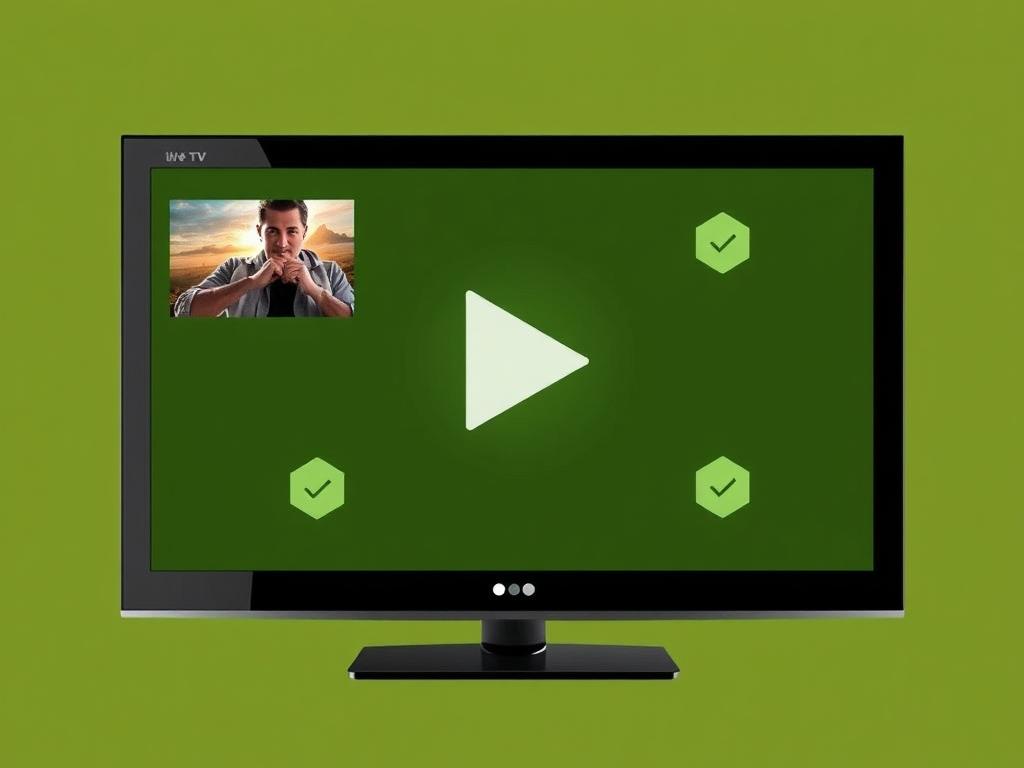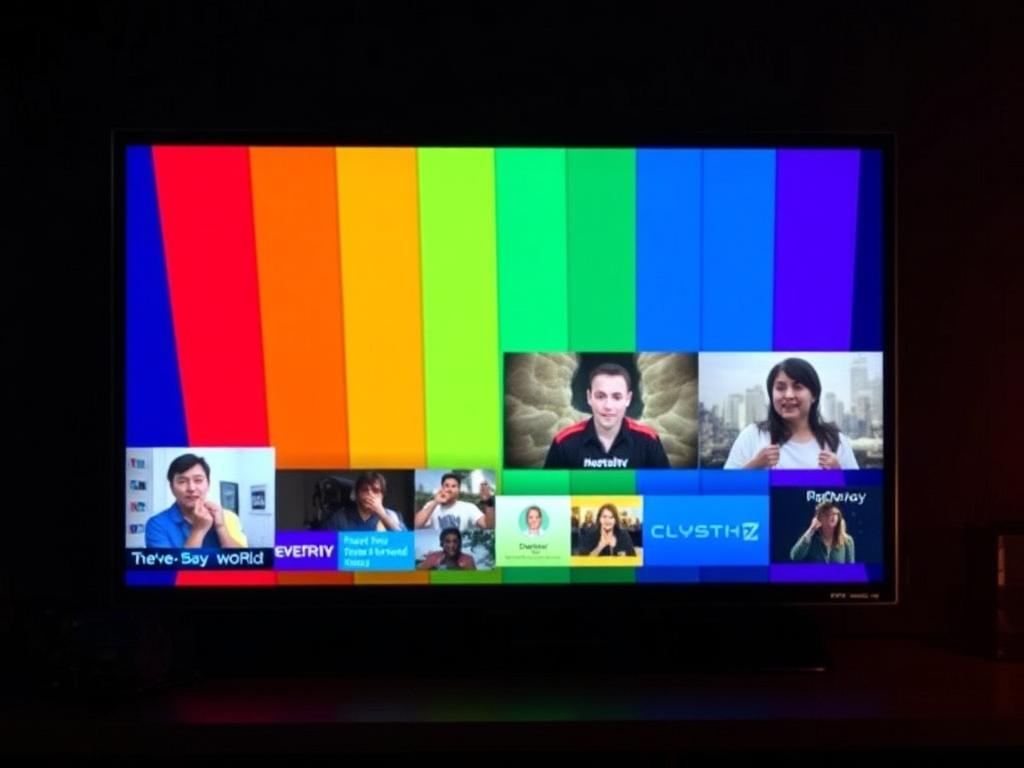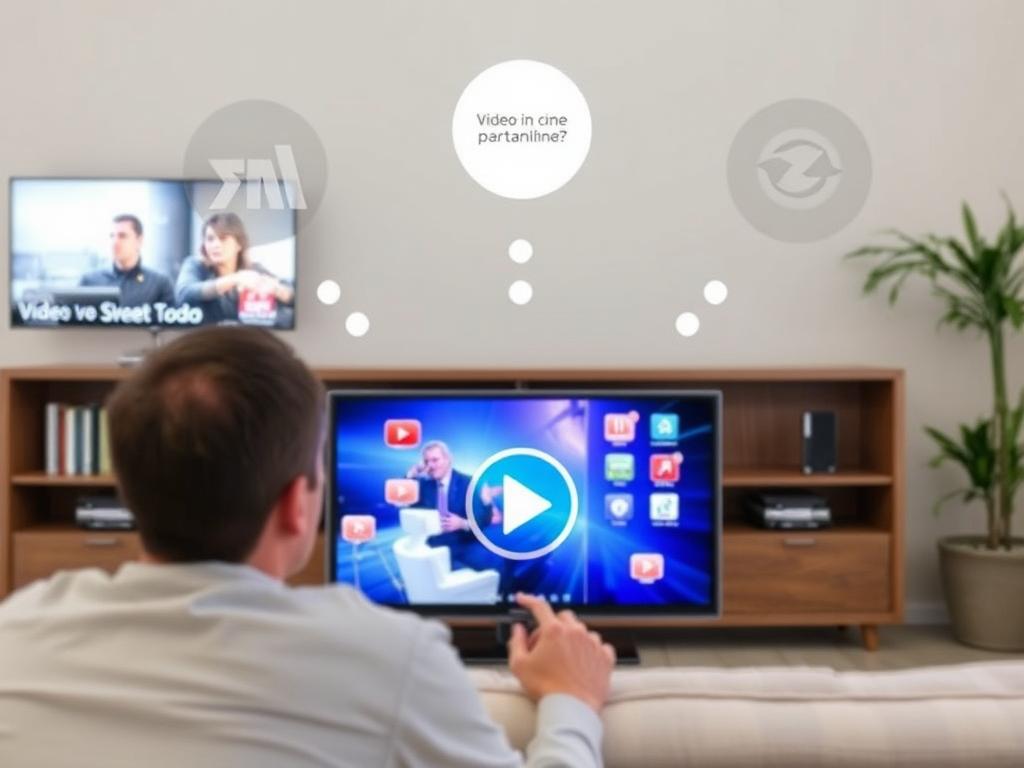What Exactly Is Video on Demand (VOD)?
Video on Demand, or VOD, has become a central part of how we consume media today. Gone are the days when we had to wait for a specific time to catch our favorite shows or movies on traditional TV channels. Instead, VOD gives viewers the freedom to watch content whenever they want, right at their fingertips. Whether it’s binge-watching an entire series or catching up on the latest blockbuster, VOD offers unparalleled convenience and control. This flexibility is especially significant in our fast-paced lives where schedules rarely align with broadcast times.
Understanding IPTV: The Digital Backbone
IPTV, or Internet Protocol Television, is the technology that makes a lot of modern streaming experiences possible, including VOD. Unlike conventional cable or satellite TV, IPTV delivers content over an IP network, such as the internet. This allows for a more interactive and personalized viewing experience. IPTV can provide live TV channels or on-demand content, but its true magic lies in how it handles digital data to transmit high-quality video efficiently. Think of IPTV as the digital backbone that supports the delivery of VOD content to your smart TV, computer, or mobile device—even in multiple locations.
How IPTV and VOD Work Together

The combination of Video on Demand with IPTV creates a powerful system that transforms how we watch TV. Here’s a simple breakdown of the process:
- Content Storage: Movies, shows, and other video files are stored on centralized servers.
- User Request: When a viewer selects a title, a request is sent over the IPTV network.
- Streaming: The content is then streamed directly to the device over the IP network, ensuring smooth delivery and minimal buffering.
- Playback Control: Viewers can pause, rewind, fast-forward, or stop the video according to their convenience.
This streaming method ensures that each user’s experience is unique and tailored, unlike traditional broadcasts which are one-size-fits-all.
Technical Breakdown: Protocols and Infrastructure

Behind the scenes, IPTV uses a variety of protocols that facilitate the seamless flow of video data. These include:
| Protocol | Purpose | Role in VOD with IPTV |
|---|---|---|
| RTSP (Real-Time Streaming Protocol) | Controls streaming media servers | Manages video playback commands like pause and rewind |
| RTP (Real-Time Transport Protocol) | Delivers audio and video over IP networks | Ensures timely and synchronized delivery of streaming content |
| HTTP (Hypertext Transfer Protocol) | Transfers web content | Often used in adaptive streaming for delivering segments of video |
The infrastructure includes content delivery networks (CDNs), which help distribute VOD content close to users to reduce latency and improve streaming quality. These technologies work hand-in-hand to deliver the high-definition experiences we’ve come to expect.
Advantages of VOD with IPTV
There are many reasons why VOD integrated with IPTV is gaining popularity. Let’s look at some of the key benefits:
- Flexibility: Watch anything, anywhere, anytime. No fixed schedules.
- Variety: Access to an extensive library of movies, shows, documentaries, and more.
- Personalization: Recommendations and user profiles tailor content to individual preferences.
- Cost-Effectiveness: Many IPTV/VOD services offer subscription-based models, eliminating the need for expensive cable packages.
- Multi-device Support: Stream on smartphones, smart TVs, tablets, and computers.
These advantages demonstrate why viewers are shifting from traditional TV to internet-based VOD and IPTV solutions.
Challenges and Considerations
While VOD with IPTV offers fantastic convenience and technological advancement, some challenges remain:
- Internet Quality: A stable and fast internet connection is critical. Poor bandwidth can result in buffering or low-resolution videos.
- Content Licensing: Providers must secure rights for diverse content, which can restrict availability in certain regions.
- Latency and Congestion: During peak times, network congestion can affect streaming quality.
- Technical Setup: Some users may find configuring IPTV devices or software complicated initially.
Despite these hurdles, ongoing technological innovations are helping providers enhance the user experience continuously.
The Future of VOD and IPTV
Looking ahead, the fusion of VOD with IPTV is expected to evolve in exciting ways. Emerging technologies like 5G, artificial intelligence, and edge computing are poised to improve the speed and responsiveness of IPTV streams. For example, AI can analyze viewing habits to suggest content more accurately, while 5G promises nearly instant streaming with minimal lag, even in crowded networks.
Moreover, smarter home devices and integrated platforms will likely make accessing VOD content through IPTV even more seamless and intuitive. Imagine a living room where your voice, remote, or even gestures can control what you watch, without any delay or technical trouble.
Comparing IPTV VOD with Traditional Streaming Platforms
It’s helpful to compare IPTV VOD services with traditional streaming platforms such as Netflix or Amazon Prime Video. Here’s a quick look at how they stack up:
| Feature | VOD with IPTV | Traditional Streaming Platforms |
|---|---|---|
| Delivery Method | Over IP networks tailored for TV signals | Over the internet using global data centers |
| Interactivity | High, with real-time content manipulation | High but generally less tied to live TV integration |
| Content Access | Often integrated with live TV and VOD | Mainly all-on-demand |
| Device Support | Primarily smart TVs, set-top boxes, mobile devices | All internet-enabled devices |
Both offer great value but cater to slightly different viewing habits and preferences. IPTV VOD services especially shine when viewers want a combined live and on-demand experience.
How to Get Started with IPTV VOD Services
If you’re intrigued by the idea of enjoying Video on Demand through IPTV, here’s a quick guide to get started:
- Check Your Internet Connection: Ensure you have a reliable broadband or fiber connection.
- Choose a Service Provider: Look for IPTV VOD providers with good reputations and a content library that suits your interests.
- Get Appropriate Hardware: This may include a smart TV, IPTV set-top box, or compatible streaming device.
- Install the IPTV App or Software: Many providers offer dedicated apps for easy access.
- Create an Account: Sign up and subscribe to the VOD packages that appeal to you.
- Start Streaming: Browse their catalog, pick your favorite content, and enjoy!
Remember, many IPTV VOD providers offer free trials, so you can test the experience before committing.
Popular Use Cases for IPTV VOD

The versatility of Video on Demand with IPTV is evident in various scenarios:
- Families: Different members can watch shows on separate devices without conflicts.
- Travelers: Access your favorite content from hotel rooms or abroad.
- Business: Video training sessions or presentations can be streamed on demand.
- Education: Recorded lectures are available anytime for students for flexible learning.
The flexibility and functionality have helped IPTV VOD penetrate distinct sectors beyond home entertainment.
Conclusion
Video on Demand with IPTV is revolutionizing our media consumption by combining the power of internet-based streaming with the interactivity and structure of traditional TV formats. This technology provides a highly customizable, flexible viewing experience that adapts to our busy lifestyles and diverse preferences. While technical and licensing challenges persist, advancements in internet connectivity, AI, and network infrastructure promise to address these hurdles and expand access even further. Whether you’re a casual viewer, a family, or a business user, IPTV VOD opens up a world of content at your convenience, making it an exciting development in the future of entertainment and information sharing. If you haven’t explored it yet, now is a perfect time to discover what IPTV and VOD can do for you.
